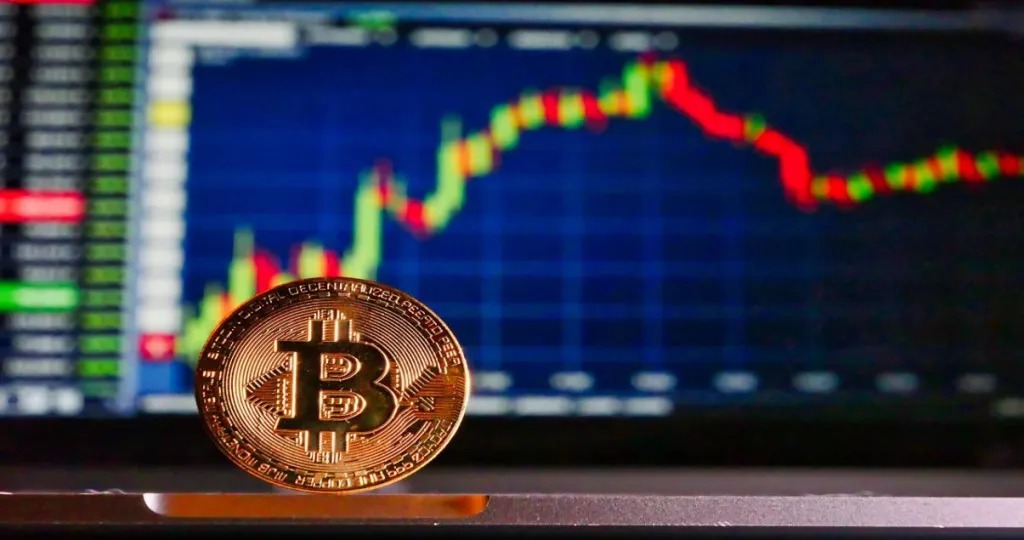
What is an Elastic Supply Token ?
Today we’re going to Discuss about What is an Elastic Supply Token ?
What is an Elastic Supply Token ?
An elastic supply (or rebase) token works in such a way that the circulating supply expands or contracts due to changes in the token price. This increase or decrease in supply works with a mechanism called rebasing. When a rebase occurs, the supply of tokens is algorithmically increased or decreased based on the current price of each token.
In some ways, elastic supply tokens can be paralleled with stable coins. They have to achieve the target price, and these rebase mechanics facilitate that. However, the main difference is that rebasing tokens aim to achieve this with a changing (elastic) supply.
Wait, don’t a lot of cryptocurrencies work with changing supply?
Yes, somewhat. Currently, 6.25 new BTC are minted with each block. After the 2024 halving, this will be reduced to 3.125 per block. It’s a hypothetical rate, so we can estimate how many BTC will exist next year or after the next half.
Supply-elastic tokens work differently. As mentioned, the rebasing mechanism adjusts the token circulating supply periodically. Let’s say we have an elastic supply token that aims to achieve a value of 1 USD. If the price is above 1 USD, the rebase increases the current supply, reducing the value of each token. Conversely, if the price is below 1 USD, the rebase will decrease the supply, making each token worth more.
What does this mean from a practical point of view?
If a rebase occurs, the amount of tokens in the user wallet changes. Let’s say we have Rebase USD (R USD), a speculative token that targets a price of 1 USD. You have 100 RSD sitting safely in your hardware wallet. Let’s say the price goes below 1 USD. After the rebase, you will have only 96 RUSD in your wallet, but at the same time, each one will be worth more than before the rebase.
The idea is that your holdings in proportion to the total supply have not changed with the rebase. If you had 1% of the supply before the rebase, you should still have 1% after it, even if the number of coins in your wallet has changed. In essence, you retain your share of the network, no matter the cost.


